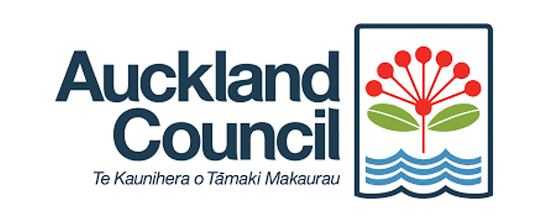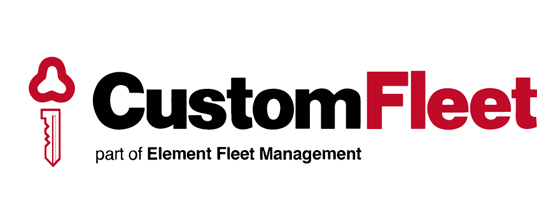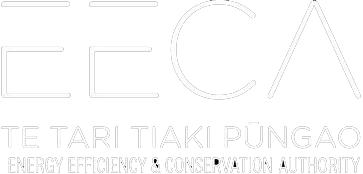Making the Move:

Whenever Michelle Herlihy sits down with a customer these days, she can almost guarantee the subject of electric vehicles will be broached. “There’s a huge amount of interest,” says the Country Leader for New Zealand’s largest fleet lease company, Custom Fleet. “We’re seeing a groundswell that wasn’t there even 18 months to two years ago.”
Yet that interest in EVs doesn’t necessarily translate to action – at least, not for some. “Cost is still the biggest barrier.”
For any business contemplating transitioning part of its fleet to EVs, undertaking some detailed scrutiny of how, where, when and why its vehicles are being used would seem to be a no-brainer. But in cases where the premium to be paid for introducing an EV really is a deal-breaker, optimising your fleet becomes an absolute pre-requisite. By dropping two under-utilised ICE vehicles from your fleet, you free up funds for an Ioniq, a Leaf or a Kona. Additionally, fleet optimisation helps to identify which employees should be in an EV and what EV they should be driving, what charging infrastructure will be required and where it should be located, and the optimal balance of pool cars versus allocated vehicles.
Custom Fleet has been through the exercise on its own behalf and for countless other corporates, and recently rolled out a ‘wing-to-wing’ solution for customers wanting to transition their fleet to electric called ‘EV+’. Based on its experience, there are a few key themes to successfully optimising a fleet
INFORMATION IS POWER.
Although telematic data showing in granular detail how your vehicles are being used isn’t essential, it can be extremely helpful. “We’ve done work for customers who don’t have telematics and you can still get a good overview of things such as kilometres travelled on an annual basis,” says Custom Fleet Strategic Sales Consultant Jane Morrison. “But using telematics we’ve been able to provide so much more insight. These are things like how many trips a day their vehicles are doing, the average kilometres travelled, and so on. You can break it all down vehicle by vehicle, and it gives insight not just into which vehicles are going to be suitable to change to EVs, but the utilisation of the fleet as a whole.”
Properly analysed, utilisation data also helps to remove some of that range anxiety candidates for EVs might feel, debunking myths about how much driving they’re doing. “It becomes a different discussion with drivers. You can say, ‘We have the data to make an informed decision’.”
FACTOR IN CHARGING NEEDS
“Right, you’re going to do this,” says Michelle. “So what charging infrastructure do you need to start thinking about to support the vehicles?”
Various considerations come into play here. If the vehicles in question are tool-of-trade and the drivers are doing big distances, installing some home charging infrastructure may be required. On the other hand, if we are talking pool cars that will require charging at work, other questions arise, says Jane. “Does the company own the premises or are they leased? Do they share them with others?”
POOL VERSUS TOOL?
In some instances, rejigging the balance of allocated versus pool vehicles can help make a fleet more efficient. Jane did some work for a customer recently that had multiple business units, each unit effectively operating its own independent vehicle pool. “It was one organisation, but acting like six or seven different fleets. I said ‘Let’s pool the total fleet and create a proper sharing model’. From that comes better utilisation of vehicles, and an opportunity to get rid of some vehicles or redistribute them to areas that really need them.”
SOLUTIONS TO THE COST BARRIER
Jane concedes that even when you review the whole-of-life operating costs, the additional upfront expenditure for an EV over a standard ICE vehicle can be prohibitive for some. You can bridge the gap by shrinking the size of your fleet. But what else?
One option is to lease rather than buy, which has benefits other than just removing the upfront cost, she says. “People have seen it’s a rapidly changing environment, and also that there is not a lot of sales data for new EVs. Rather than take the additional risk, and to remove the capex challenge, they’ve considered leasing for the first time. They’ve also gone for shorter terms than they’ve had for owned vehicles so they can respond as and when EV technology evolves.”
Michelle Herlihy also highlights EECA’s Low Emission Vehicles Contestable Fund, which offers up to $7 million a year to support the proliferation of EVs and charging infrastructure. “That’s something we’re seeing customers apply for and use,” she says. “We’ve just been approved for $500,000 of EECA co-funding, and as a result we can now effectively offer around 30 EVs to our customers at a rate comparable to what they would have paid for an ICE vehicle lease.”
So that’s the theory. How does fleet optimisation work in practice? Custom Fleet and three of its largest customers – Auckland Council, Westpac and The Warehouse Group – have been through the process recently, laying the groundwork to introduce EVs to their fleet. Their stories follow.

AUCKLAND COUNCIL
When Auckland Council declared a climate emergency in June 2019, it committed to putting carbon reduction at the centre of its decision-making. But the first step to transition the Council’s fleet of 800-odd vehicles had already been taken a year earlier, with the removal of 57 petrol engine cars and the addition of 10 new electric vehicles, bringing the total number of EVs in the fleet to 14.
The Council has now embarked on accelerating the decarbonisation of its fleet, a three-year exercise that concludes at the end of 2023 and is expected to deliver a significant further reduction in vehicle numbers and the uptake of many more EVs. It is a work in progress, in other words, but there are already valuable insights to be taken from the Council’s initial efforts at fleet optimisation.

Jazz Singh is Auckland Council’s General Manager of Procurement, and has been a central figure in the process, which began in earnest in 2016. “We started looking at electrifying our fleet, but the capex and total life costs were significantly higher than the lowest cost ICE vehicles. The question was: ‘How do we optimise our fleet so we can take out two vehicles and put in an EV instead?’”
At the time, the council had an ad hoc approach to fleet management. Individual business units were accustomed to managing their own vehicle capital and operating costs, only occassionally consulting the central fleet team for help with routine management matters. As a first move towards optimisation, the council brought in Custom Fleet to help it monitor and measure exactly what was going on with all of its vehicles, which included a general pool, dedicated work vehicles and a grey zone known as ‘operational pools’ that included vehicles available only to staff of particular units.
As for data, “We had basic GPS units, but no one was really monitoring the information – it was just basic measures of fleet utilisation and it wasn’t giving us anything particularly useful.”
Over the course of a year, telematics units were introduced to all council vehicles. If Jazz could stress one thing, it would be the importance of gathering detailed data and subjecting it to rigorous analysis. “It’s about information, information, information, but using that to gain insights. You could put in a telematics unit and get a whole heap of data points, but if you don’t turn that into insights that match the way you want to work as an organisation, it’s generally useless.”
What did the telematics data tell them? Firstly, it measured time away from base, and the types of journeys that vehicles were doing, with some bonus safety information about driver behaviour such as speeding and heavy braking.
“We didn’t only focus on time away from base, but also looked at where the vehicles were going. We recognised that some of those journeys were between council offices. You could look at vehicle utilisation and say ‘That one left base and was away for eight hours, and so was fully utilised’, but actually maybe it just sat at that other office for eight hours and then went back to base. That’s not full utilisation, because it was only being driven for 20 kilometres in a day.
“You look at variables such as kilometres, time away from base, as well as engine running time, and then crunch it to say what does real utilisation look like for those vehicles. We quickly identified there were a number that were doing low mileage to low engine running time being used to go to places that could suitably be reached using ride hailing or public transport, and at a much lower cost per kilometre.”
What’s more, some vehicles were effectively sitting idle – even a few that were dedicated to staff that ought to have been away from the office 70% of the time.
What stood out particularly starkly was the inefficiency of the operational pools, which included vehicles that were really just serving as place holders and were rarely used. “They were there because one time in the past someone went to book a general pool vehicle and it wasn’t available.”
Armed with this analysis, Jazz was able to make a strong case to council leadership to axe the operational pools and redistribute vehicles into the general pool or to individual staff. In addition, those 57 vehicles were cut from the fleet altogether.
As an opening gambit, it set the tone. “This sends a clear signal that we are serious about reducing emissions and protecting our environment,” said Mayor Phil Goff at the time.
Just to complicate matters, however, all of this has coincided with a major growth challenge in Auckland. “Demand for our services is growing, and we have a few more staff joining the organisation, particularly in critical areas such as our building inspection teams – we have a bunch of new inspectors who need to be mobile,” explains Jazz.
So, there’s a growing demand for mobility, even as the council has committed to further shrinking and electrifying its fleet. How can that circle be squared? Certainly, more telematics data alone won’t do it. As Jazz says, they already have plenty of data points. “It’s going to be more about what are the useful aspects of that, and how do we display it in a way that allows us to push the right levers internally – because in the end, the only way we are going to reduce the fleet across the organisation is to reduce demand. And the way to do that is to talk to people about the way they work, and to give them credible alternatives to using a fleet vehicle.”
The next phase, therefore, will involve a root-and-branch examination of how staff work and travel, with the aim of reducing the general pool to just enough capacity to manage demand. Clearly, employees who travel a lot such as building inspectors or licensing inspectors need their own dedicated vehicles. But what about staff in outlying council offices who currently drive to team meetings? Could Skype for Business, which enables remote meetings, be used instead?
In considering new ways of doing business, says Jazz, one of the council’s priorities is to “Make sure that we don’t implement changes that would negatively affect the way any particular group of people works – that’s the philosophy behind a lot of the changes we are making. We need to give our staff credible and functional alternatives to travel, whether that’s technology to enable remote meetings, or public transport or options like ride hailing.”
Technology comes into play. There’s potential for the council’s central vehicle booking system to be integrated with public transport and other alternatives. Jazz talks about staff potentially being able to use their mobile phones to unlock vehicles, which could help transition to a ‘just-in-time’ approach to booking cars. “Currently, there are instances where people book vehicles out and then don’t use them, but they’re unavailable for others,” he says. “We’re trying to coach people that if you plan ahead better, you shouldn’t have an issue getting a car.”
That hints at just how critical organisational culture is in this process. “You can change things, but if you don’t get people to adapt and adopt you will go backwards really quickly,” remarks Jazz, who emphasises the importance of using any data and analysis of vehicle use as a starting point for conversations with staff. “One of our biggest levers for change will be changing people’s ideas and perceptions about how they travel for work purposes.”
There’s a bigger picture in play here, he adds. “This is a climate- and cost-conscious organisation, and we ought to do the right thing. So let’s think about how we do our work.”

WESTPAC
In October 2016, when Westpac committed to transitioning 30% of its 300-strong fleet to electric in three years, it had a grand total of three EVs on the road. Today, not only has the bank hit its transformation target, introducing nearly 100 Hyundai Ioniq BEVs and PHEVs, it’s well on track to optimising its wider fleet.
How has the bank managed it? Not through the use of cutting-edge technology such as telematics. When it started on this process, Westpac only had telematics units in its pool fleet of 40-odd vehicles.
“For the others we had limited data,” says Linda Keating, Senior Commercial Manager General Procurement. She says if Westpac had had telematics, “We would have been much faster out of the blocks. Having installed units now in our refreshed fleet, it just gives you so much more granular data about what your vehicles are doing on a day-to-day basis, along with visibility of driver behaviours.”
In the absence of telematics, they took a more laborious route. “We asked ourselves questions such as ‘Where can we use electric vehicles in terms of national coverage, and what kind of drivers and the role types they perform would be able to use BEVs versus PHEVs?’ We did quite a lot of background work, going through it with Custom Fleet as our fleet management company, and also looking at it from an HR perspective.”
To grasp how vehicles were being used, they analysed fuel usage and odometer readings. “We then matched that with conversations with people leaders to say ‘Does the scope of this person’s role align with them utilising an EV? Where do they drive? Are they predominately office-based, and could they rework their rota so they’d be in a position to drive an EV? Could they use a pool car instead?’
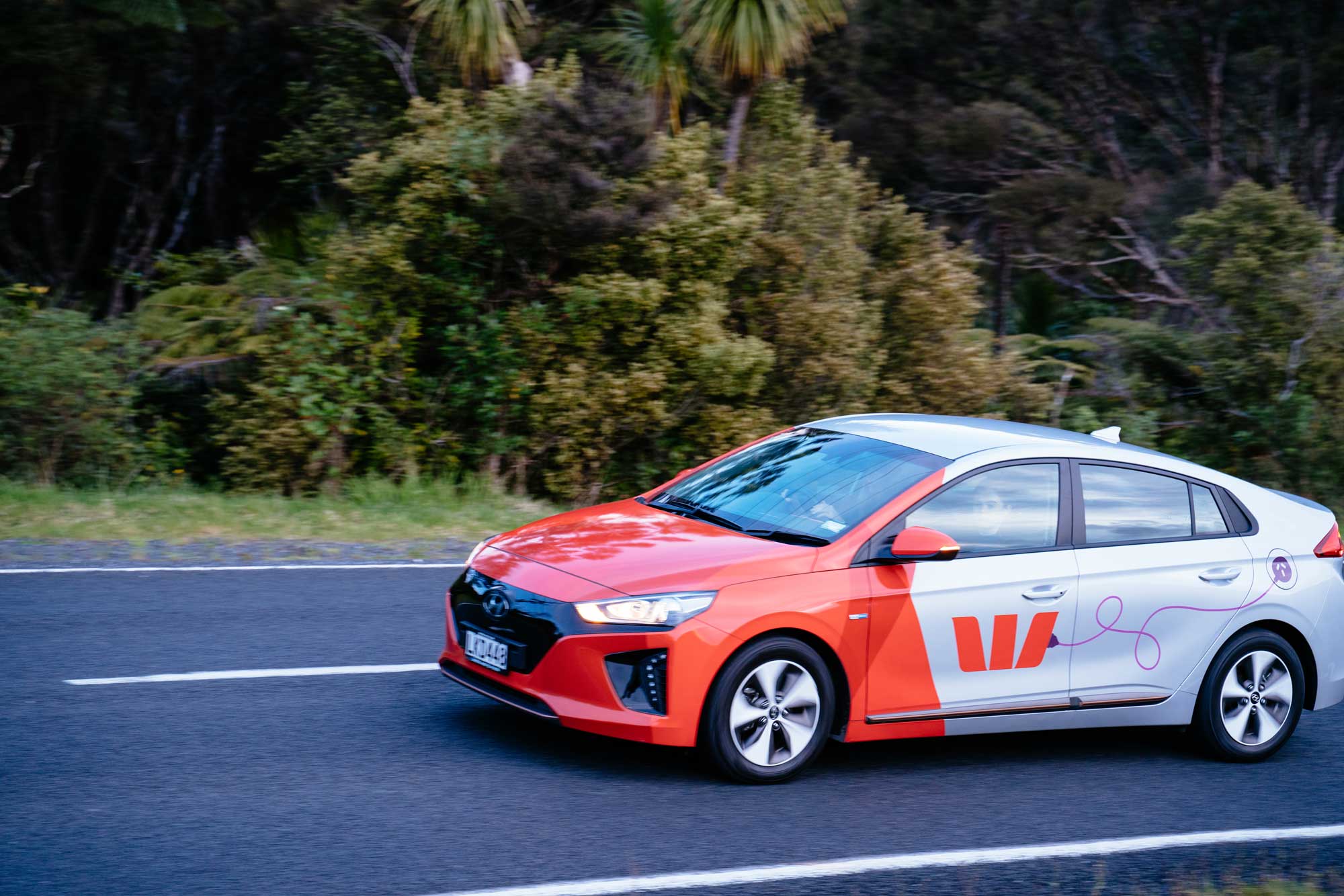
Jazz Singh is Auckland Council’s General Manager of Procurement, and has been a central figure in the process, which began in earnest in 2016. “We started looking at electrifying our fleet, but the capex and total life costs were significantly higher than the lowest cost ICE vehicles. The question was: ‘How do we optimise our fleet so we can take out two vehicles and put in an EV instead?’”
At the time, the council had an ad hoc approach to fleet management. Individual business units were accustomed to managing their own vehicle capital and operating costs, only occassionally consulting the central fleet team for help with routine management matters. As a first move towards optimisation, the council brought in Custom Fleet to help it monitor and measure exactly what was going on with all of its vehicles, which included a general pool, dedicated work vehicles and a grey zone known as ‘operational pools’ that included vehicles available only to staff of particular units.
As for data, “We had basic GPS units, but no one was really monitoring the information – it was just basic measures of fleet utilisation and it wasn’t giving us anything particularly useful.”
Over the course of a year, telematics units were introduced to all council vehicles. If Jazz could stress one thing, it would be the importance of gathering detailed data and subjecting it to rigorous analysis. “It’s about information, information, information, but using that to gain insights. You could put in a telematics unit and get a whole heap of data points, but if you don’t turn that into insights that match the way you want to work as an organisation, it’s generally useless.”
What did the telematics data tell them? Firstly, it measured time away from base, and the types of journeys that vehicles were doing, with some bonus safety information about driver behaviour such as speeding and heavy braking.
“We didn’t only focus on time away from base, but also looked at where the vehicles were going. We recognised that some of those journeys were between council offices. You could look at vehicle utilisation and say ‘That one left base and was away for eight hours, and so was fully utilised’, but actually maybe it just sat at that other office for eight hours and then went back to base. That’s not full utilisation, because it was only being driven for 20 kilometres in a day.
“You look at variables such as kilometres, time away from base, as well as engine running time, and then crunch it to say what does real utilisation look like for those vehicles. We quickly identified there were a number that were doing low mileage to low engine running time being used to go to places that could suitably be reached using ride hailing or public transport, and at a much lower cost per kilometre.”
What’s more, some vehicles were effectively sitting idle – even a few that were dedicated to staff that ought to have been away from the office 70% of the time.
What stood out particularly starkly was the inefficiency of the operational pools, which included vehicles that were really just serving as place holders and were rarely used. “They were there because one time in the past someone went to book a general pool vehicle and it wasn’t available.”
Armed with this analysis, Jazz was able to make a strong case to council leadership to axe the operational pools and redistribute vehicles into the general pool or to individual staff. In addition, those 57 vehicles were cut from the fleet altogether.
As an opening gambit, it set the tone. “This sends a clear signal that we are serious about reducing emissions and protecting our environment,” said Mayor Phil Goff at the time.
Just to complicate matters, however, all of this has coincided with a major growth challenge in Auckland. “Demand for our services is growing, and we have a few more staff joining the organisation, particularly in critical areas such as our building inspection teams – we have a bunch of new inspectors who need to be mobile,” explains Jazz.
So, there’s a growing demand for mobility, even as the council has committed to further shrinking and electrifying its fleet. How can that circle be squared? Certainly, more telematics data alone won’t do it. As Jazz says, they already have plenty of data points. “It’s going to be more about what are the useful aspects of that, and how do we display it in a way that allows us to push the right levers internally – because in the end, the only way we are going to reduce the fleet across the organisation is to reduce demand. And the way to do that is to talk to people about the way they work, and to give them credible alternatives to using a fleet vehicle.”
The next phase, therefore, will involve a root-and-branch examination of how staff work and travel, with the aim of reducing the general pool to just enough capacity to manage demand. Clearly, employees who travel a lot such as building inspectors or licensing inspectors need their own dedicated vehicles. But what about staff in outlying council offices who currently drive to team meetings? Could Skype for Business, which enables remote meetings, be used instead?
In considering new ways of doing business, says Jazz, one of the council’s priorities is to “Make sure that we don’t implement changes that would negatively affect the way any particular group of people works – that’s the philosophy behind a lot of the changes we are making. We need to give our staff credible and functional alternatives to travel, whether that’s technology to enable remote meetings, or public transport or options like ride hailing.”
Technology comes into play. There’s potential for the council’s central vehicle booking system to be integrated with public transport and other alternatives. Jazz talks about staff potentially being able to use their mobile phones to unlock vehicles, which could help transition to a ‘just-in-time’ approach to booking cars. “Currently, there are instances where people book vehicles out and then don’t use them, but they’re unavailable for others,” he says. “We’re trying to coach people that if you plan ahead better, you shouldn’t have an issue getting a car.”
That hints at just how critical organisational culture is in this process. “You can change things, but if you don’t get people to adapt and adopt you will go backwards really quickly,” remarks Jazz, who emphasises the importance of using any data and analysis of vehicle use as a starting point for conversations with staff. “One of our biggest levers for change will be changing people’s ideas and perceptions about how they travel for work purposes.”
There’s a bigger picture in play here, he adds. “This is a climate- and cost-conscious organisation, and we ought to do the right thing. So let’s think about how we do our work.”
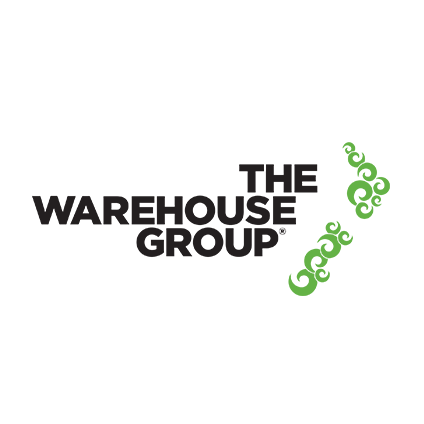
THE WAREHOUSE GROUP
For Warehouse Group Procurement Manager Mary Darlow, optimising the company’s 240-strong fleet as a prelude to transitioning it to EVs wasn’t some abstract exercise. “Early on, I bought a Leaf to channel the experience our drivers would be facing,” she says.
Mary’s experience as a new EV driver reinforced one of the big lessons to come out of the Warehouse Group’s fleet conversion – namely, the importance of nailing down your charging infrastructure requirements early. It doesn’t qualify as a cautionary tale, exactly, but the charging piece of the company’s optimisation journey was challenging.
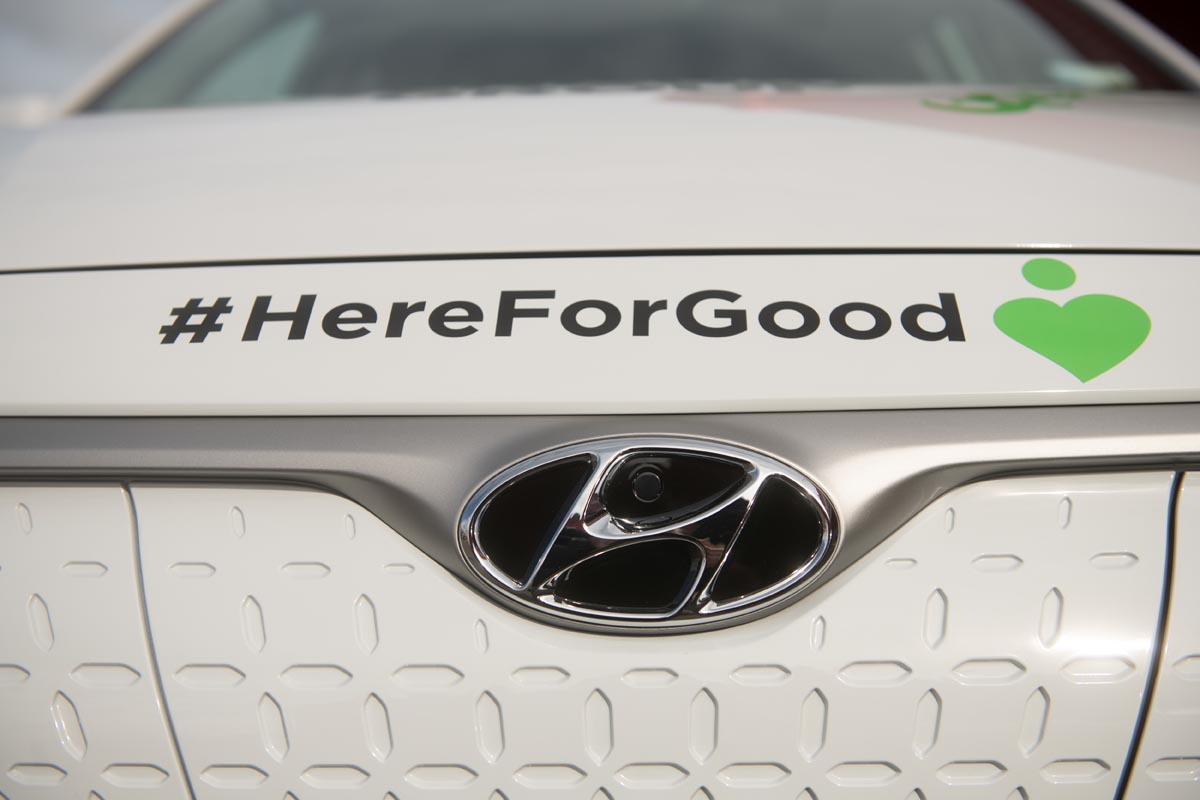
First, however, some background. The Warehouse Group, which was one of the 34 New Zealand corporates that in 2016 committed to transitioning 30% of their vehicles, runs a leased corporate fleet split roughly down the middle between passenger and light commercial vehicles, the latter consisting largely of Noel Leeming vans. From the beginning, it was apparent that the available options for electrifying the vans weren’t fit for purpose, and all the focus went on shifting 73 passenger vehicles. These 73 were to be pure electric, adds Mary. “We made a conscious decision to not implement PHEVs as we are a carbon neutral certified company.”
For the most part, the cars in question were used as tools of trade by regional managers, loss prevention managers, regional administrators and performance coaches, people who spend a good part of their working week on the road visiting stores around their home regions.
The optimation process began in earnest in 2018, according to Mary, who arrived at the company towards the end of that year. “A lot of leases had expired and we were paying them month to month, so we were well-positioned to push the button with the numbers we needed.” Custom Fleet was brought in as partner around August 2019. What kind of vehicle usage information was available? “There was a lack of telematics data, which is something I would strongly suggest other businesses should be gathering prior to making decisions. Because of the scarceness of formal data, we had to go through a questionnaire process. I asked drivers how far they travelled every day, where they went, and what their charging situation would be if we were to install a home charger. I got a lot of information back from that exercise, but it was very much hearsay, and I’ve since found some of it can be a little bit inflated. That stems from a place of fear: drivers just don’t want to be out of range.” Based on the questionnaire results, particularly the feedback on potential home charging opportunities, drivers were divided into tranches. The first two tranches of home owners and renters were then asked to fill out a detailed logbook of four weeks of driving, and the accumulated information was used to decide whether to put employees into mid-range Hyundai Ioniqs or longer range Konas.

During the initial stages of the EV rollout, there was still a question mark over whether the company would install in-home chargers or rely on public charging infrastructure. From driving her Leaf, Mary knew first-hand the latter wouldn’t be ideal. “You can turn up to a charging station and someone else is charging and you’re there for an hour waiting before you can get on,” she says. “A business case was presented detailing how much lost time and productivity it would involve.”
The executive team agreed, and home chargers are now being installed. “The people who made that initial decision didn’t really understand what the vehicle were going to be used for and how much driving these employees do. A lot are regional drivers who have big regions to look after. So it was important we had the backup of home charging.” That said, home charging does bring its own set of challenges. “What if a person moves house, or a role changes and they don’t need a car any more? Are we going to go through a de-installation process or a gifting process? We’ve made the decision to go for the former.” Another issue: vehicle allocation. As mentioned, employees have received Ioniqs or Konas, but it hasn’t always been an evidence-based allocation. Range anxiety is still a factor. “Even if we recommended an Ioniq based on their data, there were times when a driver could present a case to receive a longer range vehicle. I’ve had to back out of a lot of my allocations and change things around. It’s been challenging,” says Mary, who rues that she didn’t have telematic information to buttress her case. “With telematics there’s hard data: ‘This is what you’ve done over a month or a year’. It wouldn’t have been able to be challenged as much.”
How has the company been able to make the financial side of converting to EVs work? “Even when you offset the rising cost of petrol, there’s not necessarily a cost saving compared to some petrol vehicles out there,” she answers. “We’re doing this for the right reasons. We don’t want to be putting emissions into the atmosphere.”
Having said that, “Part of this process was changing our fleet partner. I went to market on the whole of our fleet, including electric vehicles, and got indications that our initial fleet partner wasn’t the most cost effective. We found a partner in Custom Fleet that really understood the residual values for EVs and was hungry to go on the EV journey with us.”
They went for 36-month leases, on the basis that EV technology isn’t evolving so rapidly that a shorter period would be any great advantage. “I was comfortable with three years. If a new car comes on the market, we’re rolling [the leases] with our fleet so we can still take that up.”
She is now contemplating phase two. “The next stage is to have telematics in all the EVs, but also in the wider fleet, and to start analysing the data,” she says, adding that she can see scope to grow the general pool at the expense of allocated vehicles. “It is important to note that a vehicle is a tool of trade and so it has to be fit for purpose,” she says. “As a company, we need to recognise if vehicles are being underutilised, to take a step back and challenge that, to gain greater fleet optimisation.”
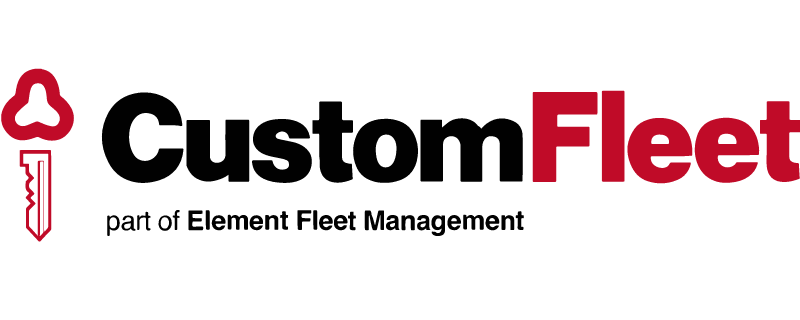
CUSTOM FLEET
For Custom Fleet, the decision to transition 30% of its own fleet to EVs was partly about putting its money where its mouth was. “We needed to walk the talk,” says Letitia Still, Custom Fleet’s Regional Sales Manager Northern.
The company runs a fleet of 20 cars, all tool-of-trade vehicles assigned to members of the national sales team based in Auckland, Wellington and Christchurch and used predominantly for meeting customers. As of late 2019, seven of those vehicles are now electric.
In a sense, the financial and strategic considerations in switching to EVs was a unique proposition for Custom Fleet. “Being a fleet management and leasing company, we probably took a slightly different view,” says Letitia. “We needed to understand first-hand what our customers’ drivers would experience with their EVs. And we also wanted to get some data. How do these vehicles operate? What are the servicing costs going to be? What’s the end-of-life going to be? So, while EVs were going to cost more, we were going to get a lot of useful data that we could use to make us successful in offering the EV option to customers.”
In that same fact-finding vein, the company took internal leases for its EVs on varying terms of 24-, 36- and 45-months. “We’ve done that so we can understand when we go to dispose of them what the impact is on the resale value of those vehicles. That will help us be more competitive when we set our residual values for our customers who lease EVs.”
Letitia says that Custom Fleet had already been through a fleet optimisation exercise to determine which employees needed to have their own vehicle. The more recent initiative was more focused on finding who would be the best candidates for an EV.
“We had telematics in our vehicles, which made it a lot easier. We analysed how and when the vehicles were being used, and the distances travelled. We easily identified which vehicles regularly travel the kind of long distances that would make an EV unsuitable. So we did all the analysis highlighting who would be the best people to move into an EV, but rather than saying ‘Right, you need to do this’, we approached our staff and said ‘Who would like an EV?’ They’re already sold on the technology and making that change, so there was no need to convince anyone.”
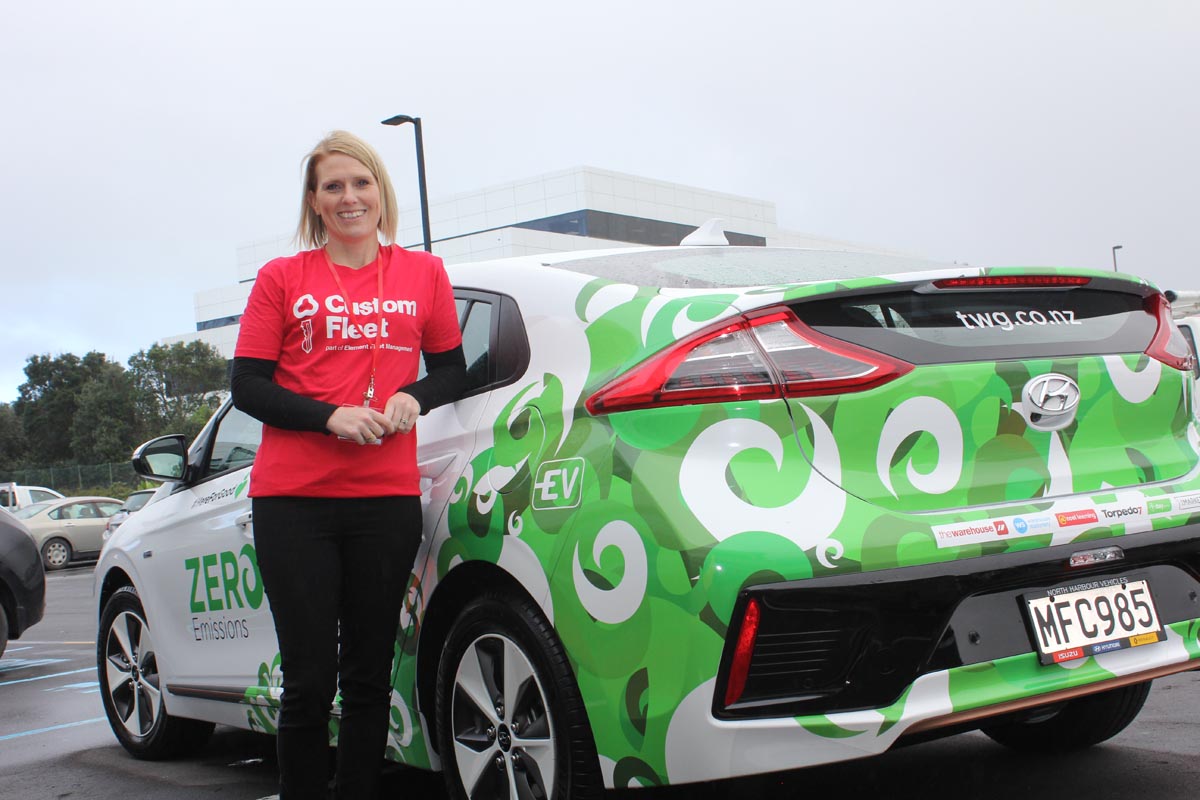
In the end, five Hyundai Ioniqs and two VW e-Golfs were added to the fleet, both with a range of around 220 kilometres. Longer range Konas were ruled out on the basis of cost and vehicle availability at the time. “If in the future we were going to go for a full electric fleet we’d need the likes of a Kona or vehicle with that kind of range,” she says. “This time, we went with two different vehicles for market research reasons. We wanted to know how are they going to differ in the market? What are the servicing costs and the resale value? And what are they like to drive?”
The vehicles were put on the road before Custom Fleet had nailed down workplace charging infrastructure. Ideally, it should be the other way round, says Letitia, particularly in cases where there is some employee anxiety about making the transition to EVs. “If you make it inconvenient for them to charge, it’s just going to taint their experience.”
“At the time we were looking to transition our fleet to EVs we were in lease negotiations with our landlord and redeveloping our Auckland office. We included the EV charging infrastructure as part of our lease requirements. We’ve now got 10 charging stations in our Auckland office carpark, so we have capacity to grow,” she says, adding that Custom Fleet was careful not to over-capitalise on excessive charging capacity. “You don’t always need the fastest or highest kilowatt charger.”
So, there have been a few lessons, but that was always partly the point. “Our transition into electric vehicles has been a success for many reasons, including gathering important data and experience of EVs and charging infrastructure that we can now share with our customers,” she says. “And our drivers are converted. They all say they wouldn’t want to go back.”

Matt Philp – Author
Matt Philp began his feature writing career at the New Zealand Listener, and was a senior writer for Metro, The Press and North & South. Now a freelancer, he writes on architecture, lifestyle, business, heritage and travel for several New Zealand magazines.
SPONSORS
